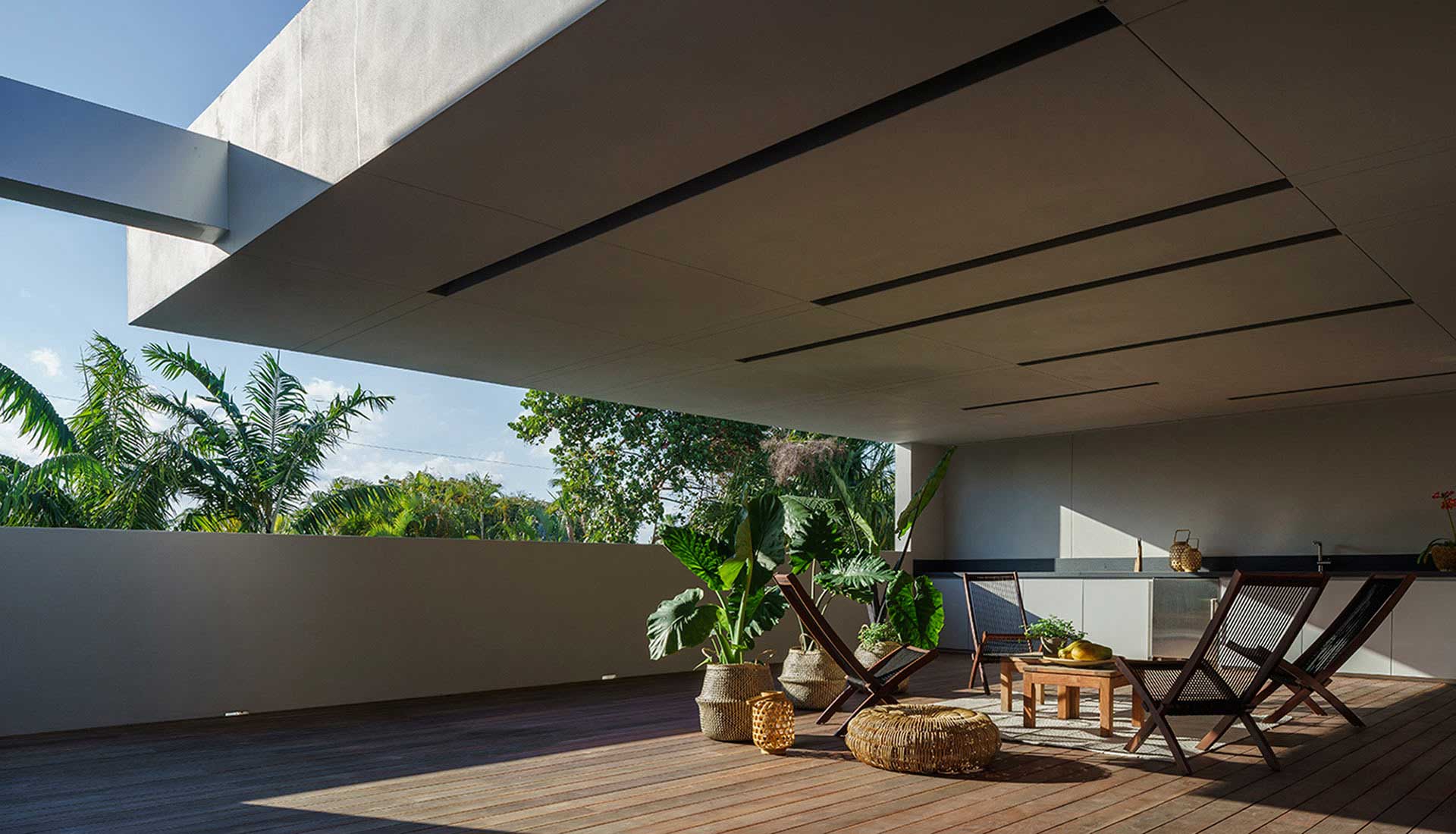
One of the more overlooked aspects of a person’s home is actually the flooring. It may sound odd, but it’s true – the very foundation of our homes that carries us and keeps us standing upright is often ignored for other more interesting areas of home décor. As your Los Angeles kitchen remodel and bathroom remodel experts, we at JNO Construction & Design don’t want you to make this mistake; we want to let you know why having quality flooring is so important to your home.
Reasons Why Quality Flooring Is Important
There’s a plethora of reasons as to why having quality flooring is so important for a home; here’s just a sample of some of these:
- Flooring is actually one of the most inexpensive and cost-effective ways that you can improve the value of your home. The wrong flooring or flooring that’s just poorly installed can significantly decrease the overall value of your home.
- Flooring is an essential part of a home’s interior design and aesthetic appeal. Quality flooring can bring together all the rest of the elements in a room.
- Flooring is also the most used part of the building, which is why it needs to be durable in order to absorb the foot traffic, scratches, spills, and more.
- Having quality flooring will keep you and others safe from tripping and falling when maneuvering around the house.
- While flooring represents a more permanent fixture of your house when compared to area rugs, it’s still easier to remodel it when compared to other major house projects. Even if you’re unsatisfied with your current flooring, it’s not terribly difficult to change it.
- Great flooring is also made to last. Despite taking a beating day after day, quality flooring won’t need to be replaced annually or bi-annually, saving you plenty of money in the long run.
Contact Your Los Angeles Kitchen and Bathroom Remodel Experts!
If you’re interested in Los Angeles bathroom remodels, kitchen remodels, flooring, or any of our other high-quality home services, we encourage you to schedule an appointment with us by giving us a call at (310) 363-7980. If you have any questions, please don’t hesitate to contact us and let us know. We can’t wait to hear from you and help turn your current home into your dream home!
SHARE
Fatal error: Uncaught Error: Call to undefined function EdgeCore\CPT\Shortcodes\SocialShare\aalto_edge_addslashes() in /home/jnocon5/public_html/wp-content/plugins/edge-core/shortcodes/social-share/social-share.php:165 Stack trace: #0 /home/jnocon5/public_html/wp-content/plugins/edge-core/shortcodes/social-share/social-share.php(117): EdgeCore\CPT\Shortcodes\SocialShare\SocialShare->getSocialNetworkShareLink('pinterest', Array) #1 /home/jnocon5/public_html/wp-content/plugins/edge-core/shortcodes/social-share/social-share.php(88): EdgeCore\CPT\Shortcodes\SocialShare\SocialShare->getSocialNetworksParams(Array) #2 /home/jnocon5/public_html/wp-content/themes/aalto/framework/lib/edgtf.functions.php(1169): EdgeCore\CPT\Shortcodes\SocialShare\SocialShare->render(Array, NULL, 'edgtf_social_sh...') #3 /home/jnocon5/public_html/wp-content/plugins/edge-core/shortcodes/social-share/functions.php(39): aalto_edge_execute_shortcode('edgtf_social_sh...', Array) #4 /home/jnocon5/public_html/wp-content/themes/aalto/framework/modules/blog/t in /home/jnocon5/public_html/wp-content/plugins/edge-core/shortcodes/social-share/social-share.php on line 165


